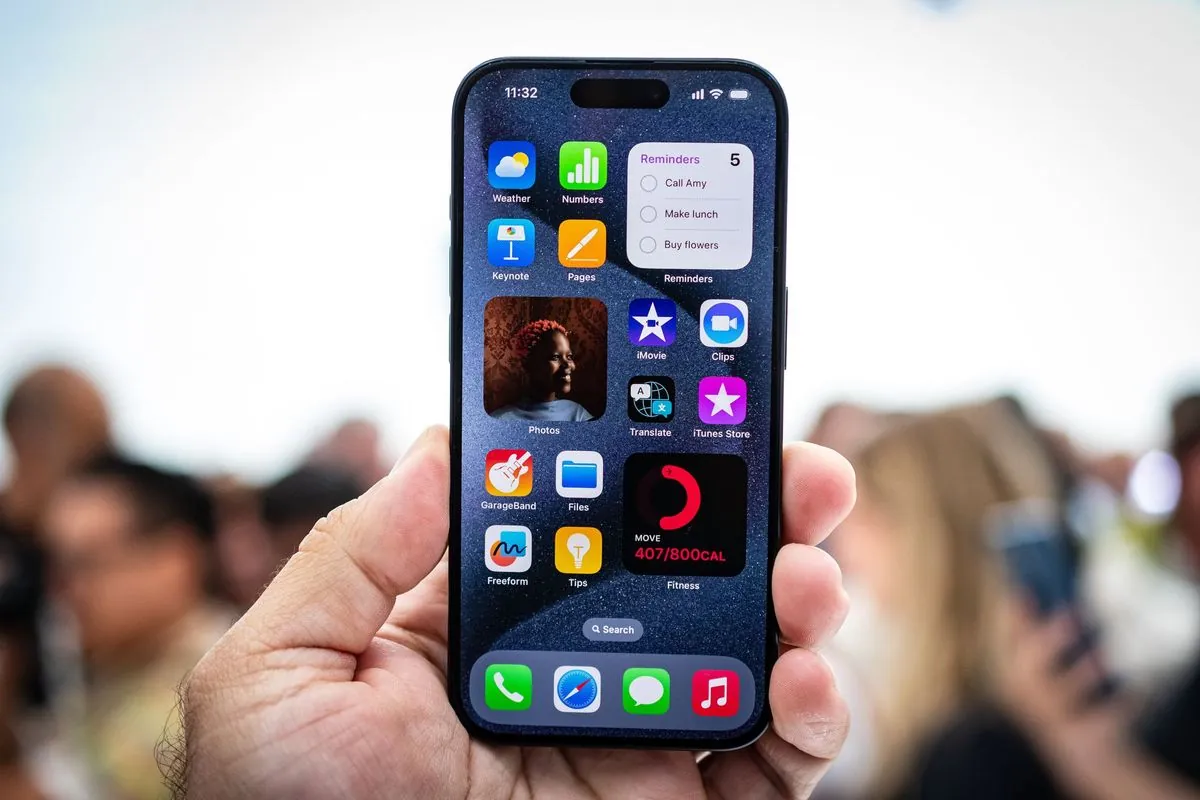As the iPhone 16 pre-orders commence on September 15, 2024, consumers are bombarded with promotional offers from various carriers. However, it's crucial to approach these deals with caution and consider alternatives before making a purchase decision.
Apple's latest iPhone models don't introduce groundbreaking features that necessitate an immediate upgrade for most users. While future AI capabilities may require newer hardware, early tests of these features have not been particularly promising.
Instead of rushing to buy the latest model, consider these alternatives:
Battery replacement: A fresh battery can significantly improve your current phone's performance for a fraction of the cost of a new device. Independent repair shops often offer better service than official stores.
Used phone purchase: Particularly for iPhones, which retain value well and receive security updates for up to eight years, a pre-owned device can be a substantial upgrade.
Older model acquisition: Purchasing a new but older iPhone model can provide significant savings. For instance, the iPhone 15 Pro, initially priced at $1,000, may now be available for $170 to $650 from major carriers.
Cost consideration: The funds saved by not upgrading could be used for other purposes, such as treating loved ones to meals or experiences.
For those still interested in the iPhone 16, here's a summary of carrier offers:
- AT&T offers up to $1,000 off on Pro models with eligible trade-ins and specific unlimited plans.
- T-Mobile provides up to $1,000 off with their top-tier plan and qualifying trade-ins.
- Verizon offers similar discounts for new customers and existing customers adding lines.
It's important to note that these deals often require expensive plans and long-term commitments.
Consider smaller providers like Consumer Cellular, Mint Mobile, or cable company mobile services for potentially better overall value, even if device discounts are smaller.
"When new iPhones come out, used iPhone prices typically fall by 15 to 20 percent."
This insight highlights the potential savings in the used phone market following new releases.
Resources like Navi and Consumer Reports can help compare plans and prices across providers. Remember, the average American keeps a smartphone for nearly four years, so choosing wisely can lead to significant long-term savings.
